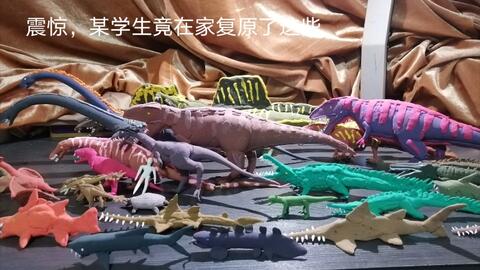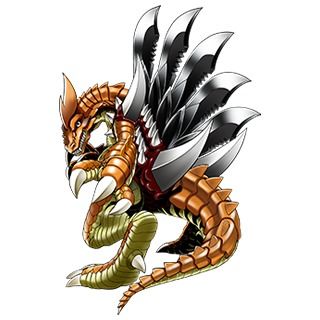
Were Spinosaurus Arms Stronger Than Its Bite?
Spinosaurus, a fearsome predator that roamed the Cretaceous period, has long been a subject of fascination among paleontologists and dinosaur enthusiasts. One of the most intriguing aspects of this massive carnivore is the strength of its arms compared to its bite. In this article, we delve into the evidence and theories surrounding this question, providing a comprehensive look at the capabilities of Spinosaurus.
Understanding Spinosaurus

Spinosaurus was a massive theropod, with estimates of its length ranging from 12 to 18 meters (39 to 59 feet). It was one of the largest carnivorous dinosaurs ever discovered, and its skeleton has provided valuable insights into its anatomy and lifestyle.
The Arm Structure

Spinosaurus had long, slender arms that ended in three-fingered hands. These arms were significantly longer than those of other theropods, such as Tyrannosaurus rex. The length of the arms has led some to speculate that they were used for various purposes, including hunting, defense, and even swimming.
The Bite Force

When it comes to the bite force of Spinosaurus, paleontologists have estimated it to be around 8,000 to 12,000 newtons, which is comparable to that of a modern-day great white shark. This powerful bite was essential for the dinosaur to break through the tough skin and bones of its prey.
Comparing Arm Strength and Bite Force
So, were Spinosaurus’s arms stronger than its bite? To answer this question, we need to consider the following factors:
| Factor | Arm Strength | Bite Force |
|---|---|---|
| Size | Large | Large |
| Function | Unknown | Prey consumption |
| Evolutionary advantage | Possibly for hunting or defense | Essential for survival |
While the size of Spinosaurus’s arms and bite force are impressive, the primary function of its bite was to consume prey. The arms, on the other hand, may have served other purposes, such as hunting or defense. However, without direct evidence, it is challenging to determine the relative strength of these two features.
Evidence from Other Theropods
Looking at other theropods, we can find some clues about the potential strength of Spinosaurus’s arms. For example, the arms of Allosaurus, a smaller theropod, were relatively strong, suggesting that Spinosaurus’s arms could have been similarly robust. Additionally, the arms of Spinosaurus were longer and more slender than those of Allosaurus, which may have provided greater leverage and flexibility.
Conclusion
In conclusion, while we cannot definitively say whether Spinosaurus’s arms were stronger than its bite, the evidence suggests that they were likely quite strong. The arms may have played a crucial role in hunting and defense, complementing the powerful bite that allowed Spinosaurus to thrive as a top predator in the Cretaceous period.




